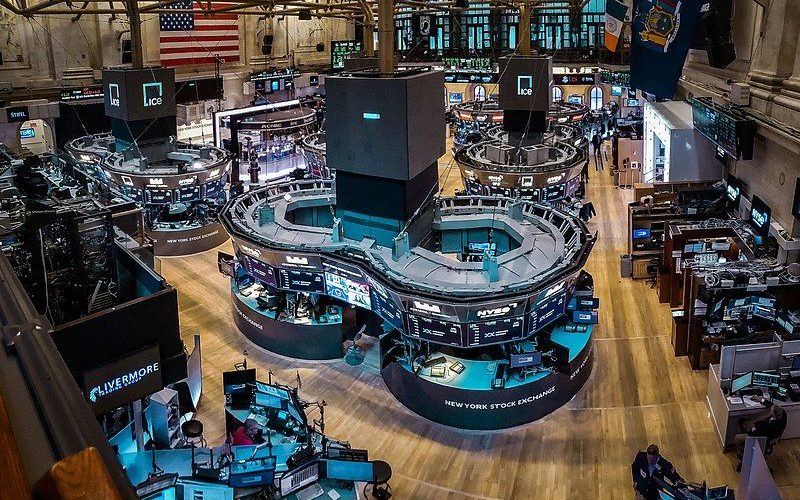On Thursday, the S&P 500 and Nasdaq Composite plummeted after data showed that the U.S. job market had remained tight in October.
The S&P 500 closed lower at 3,949.52, dropping by 9.27 points or 0.23 percent. Data showed that most sectors in S&P 500 traded lower, with materials and utility sectors both falling by 1.4 percent. Meanwhile, the Nasdaq concluded the trading day at 11,173.93, losing 9.73 points or 0.09 percent.
The Dow Jones Industrial Average was the only one of three major indices to see a gain on Thursday. The index closed at 33,576.63, gaining 22.8 points or 0.07 percent. Cisco Systems’ four percent increase in shares supported the Dow’s gain.
Wells Fargo Investment Institute strategist Sameer Samana said investors had been “fighting the Fed,” but drops in the stock market might persist.
"You have had these reversals, you have had these spectacular rallies. But yet, when you look back at the full year 2022, you have had lower highs and lower lows and there’s nothing to suggest that we have broken that pattern,” Samana said.



Thursday’s drop followed the publication of job reports by the U.S. Bureau of Labor Statistics. Despite the looming risk of recession due to the Federal Reserve's monetary tightening, most major industries displayed a job increase. Healthcare and manufacturing industries experienced the most significant growth.
In October, there were additional 261,000 non-farm jobs reported, higher than the initial projection. Data also showed that wages grew by 3.8 percent that month.
The growth was a result of the Bipartisan Infrastructure Law and the Inflation Reduction Act, which boosted demand for skilled workers. Claims for unemployment benefits also went down last month.
Nevertheless, the Labor Department said the job market had begun showing signs of slowing down, but companies had continued hiring. According to Labor Department’s prediction, a sudden crash in the job market was unlikely.
Big tech companies have started to slim down their workforce by laying off employees and freezing hiring, citing slower growth and lower profits. Analysts said that tech workers with specialized skill sets would likely remain unemployed longer because they want to get high-paying jobs.
Monetary tightening
The CME FedWatch tool revealed that the percentage of investors who predicted that the Fed would raise the interest rates by 75 basis points had increased to 19 percent, as opposed to 15 percent the day before. The remaining percentage, however, still projected a 50 basis points increase.
St. Louis Fed President James Bullard made a public remark on Thursday, saying that the Fed needed to do more to bring down inflation. He added that the monetary tightening measures adopted by the central bank had only “limited effects on observed inflation, but market pricing suggests disinflation is expected in 2023.”
According to Bullard, the Fed must further increase its benchmark rate. He argued that although inflation in consumer prices had shown signs of slowing, the rate was still well above the Fed’s target of two percent.
Most central bank’s board members have suggested several increases over the next few months. The hikes will increase the Fed’s benchmark rate to around five percent. Bullard, however, said that the five percent target could serve as a lower range, while the upper would be around seven percent.



